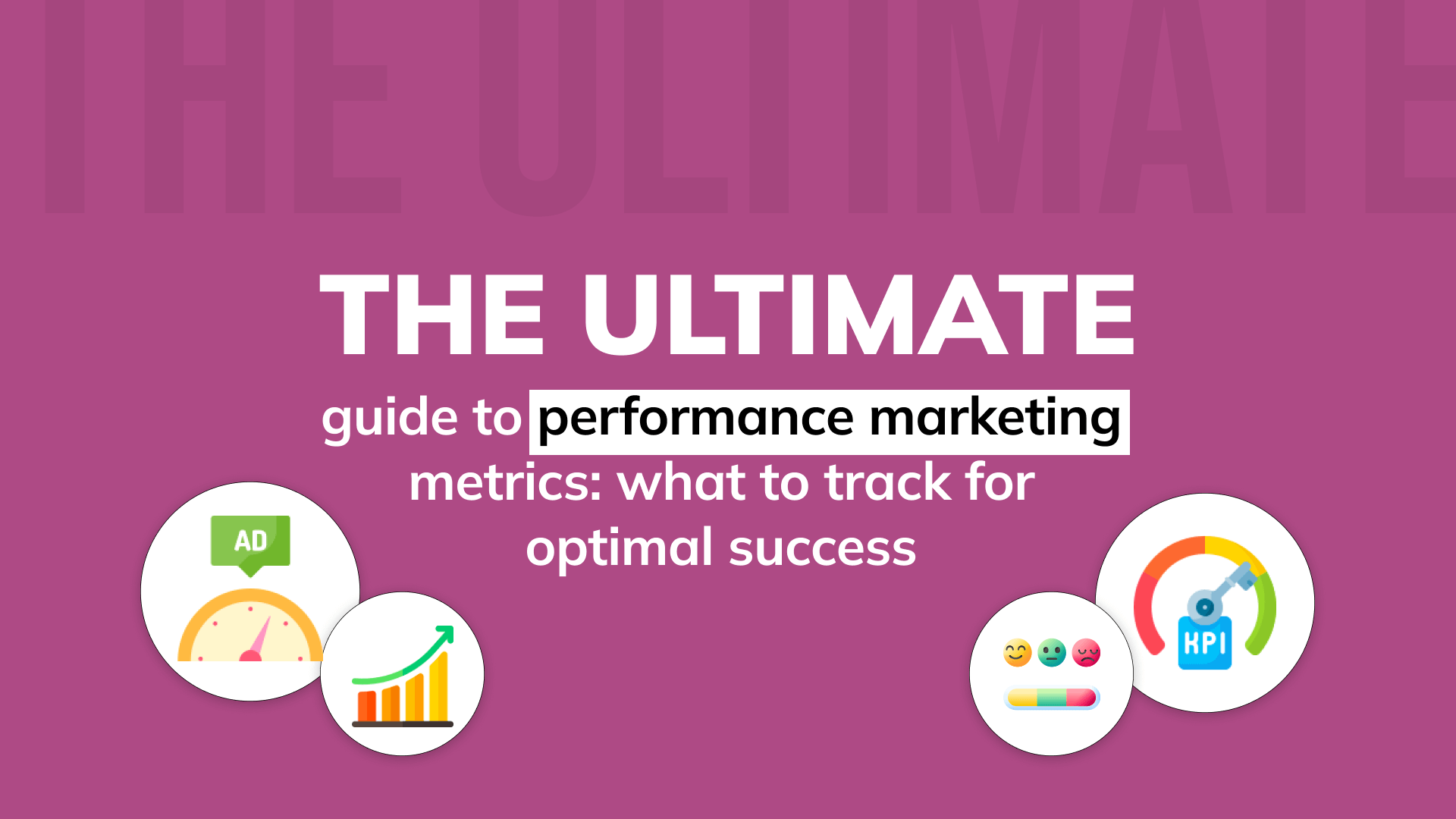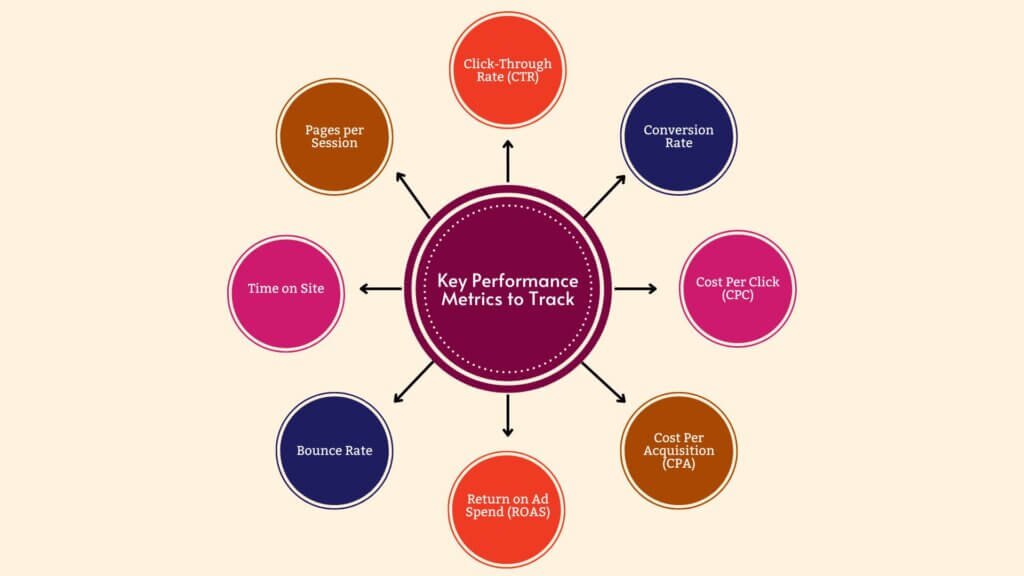
Performance marketing is a digital marketing strategy that involves advertising campaigns that are based on specific metrics or key performance indicators (KPIs). It is a highly data-driven approach that focuses on measuring and optimizing the performance of campaigns to achieve maximum returns on investment (ROI). In this article, we will discuss the ultimate guide to performance marketing metrics and what to track for optimal success.
Understanding Performance Marketing Metrics
Performance marketing metrics are the key indicators that help marketers to measure the effectiveness of their campaigns. These metrics can be broadly categorized into three types: acquisition metrics, engagement metrics, and conversion metrics.
Acquisition metrics are the metrics that help marketers to measure the number of people who are visiting their website or landing page. Some of the most common acquisition metrics include click-through rate (CTR), cost per click (CPC), and cost per acquisition (CPA).
Engagement metrics are the metrics that help marketers to measure the level of engagement that users have with their brand. These metrics include bounce rate, time on site, pages per session, and social media engagement.
Conversion metrics are the metrics that help marketers to measure the effectiveness of their campaigns in terms of conversions. Some of the most common conversion metrics include conversion rate, revenue per click (RPC), and return on ad spend (ROAS).
Key Performance Metrics to Track
To achieve optimal success with performance marketing, it is important to track the right metrics. Here are some of the key performance metrics that you should track:
- Click-Through Rate (CTR): CTR is the percentage of people who click on an ad after seeing it. A high CTR indicates that the ad is relevant to the target audience and is driving traffic to the website.
- Conversion Rate: Conversion rate is the percentage of people who complete a desired action on the website after clicking on an ad. This action could be anything from making a purchase to filling out a form.
- Cost Per Click (CPC): CPC is the amount that an advertiser pays for each click on their ad. It is important to monitor CPC to ensure that you are not overspending on your campaigns.
- Cost Per Acquisition (CPA): CPA is the amount that an advertiser pays for each conversion. It is important to monitor CPA to ensure that you are getting a good return on investment.
- Return on Ad Spend (ROAS): ROAS is the amount of revenue generated for every dollar spent on advertising. It is important to monitor ROAS to ensure that you are generating a positive return on investment.
- Bounce Rate: Bounce rate is the percentage of people who leave your website after viewing only one page. A high bounce rate indicates that your website may not be providing a good user experience.
- Time on Site: Time on site is the amount of time that users spend on your website. It is important to monitor this metric to ensure that users are engaging with your content and finding it valuable.
- Pages per Session: Pages per session is the number of pages that users visit on your website during a single session. This metric can help you to identify the areas of your website that are most engaging to users.
- Revenue Per Click (RPC): RPC is the amount of revenue generated for each click on an ad. This metric can help you to determine which ads are generating the most revenue for your business.
Performance Marketing Strategies
To achieve optimal success with performance marketing, it is important to have a well-defined strategy in place. Here are some of the key strategies that you should consider:
- Identify Your Target Audience: It is important to identify your target audience and create campaigns that are tailored to their specific needs and interests.
- Use Data to Inform Your Decisions: Performance marketing is a highly data-driven approach, so it is important to use data to inform your decisions. Analyze your performance metrics regularly and adjust your campaigns accordingly.
- Create Compelling Ad Copy: Your ad copy should be compelling and attention-grabbing, so that it stands out to your target audience. Use strong headlines and calls to action to encourage users to click on your ads.
- Optimize Landing Pages: The landing pages that users are directed to after clicking on your ads should be optimized for conversions. Make sure that the landing pages are relevant to the ad copy and easy to navigate.
- Test and Experiment: Performance marketing is all about testing and experimentation. Try out different ad formats, targeting options, and bidding strategies to see what works best for your business.
In conclusion, performance marketing is a highly effective digital marketing strategy that can help businesses to achieve maximum returns on their investment. By understanding and tracking the right performance marketing metrics, businesses can optimize their campaigns for success. i-engage is a top-performing digital marketing company in Indore that specializes in performance marketing strategies. As a leading performance marketing agency, i-engage can help businesses to identify the right metrics to track and develop effective strategies to drive conversions and revenue. With their expertise in performance marketing, i-engage can help businesses to achieve their marketing goals and drive growth for their business.


Comments are closed.